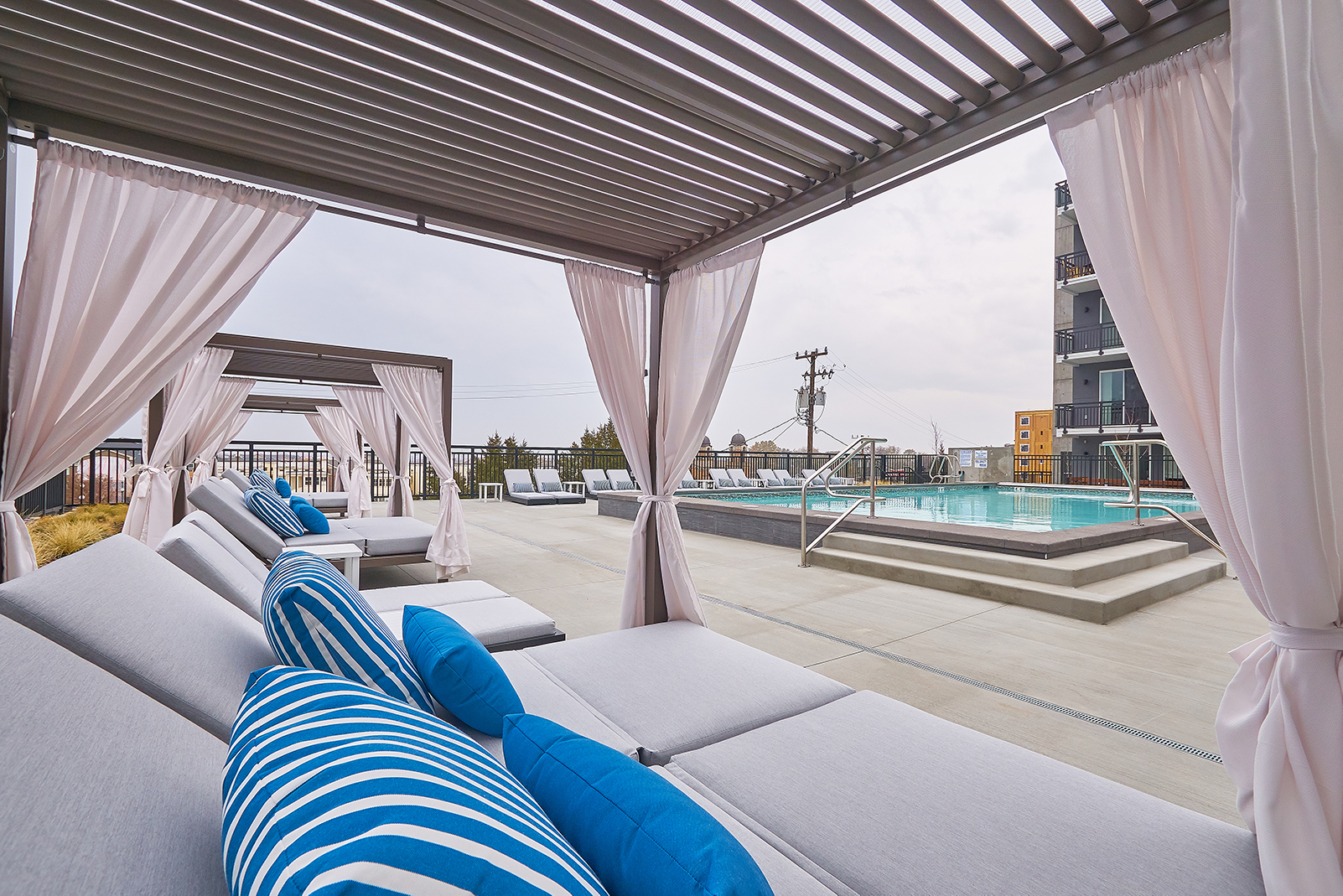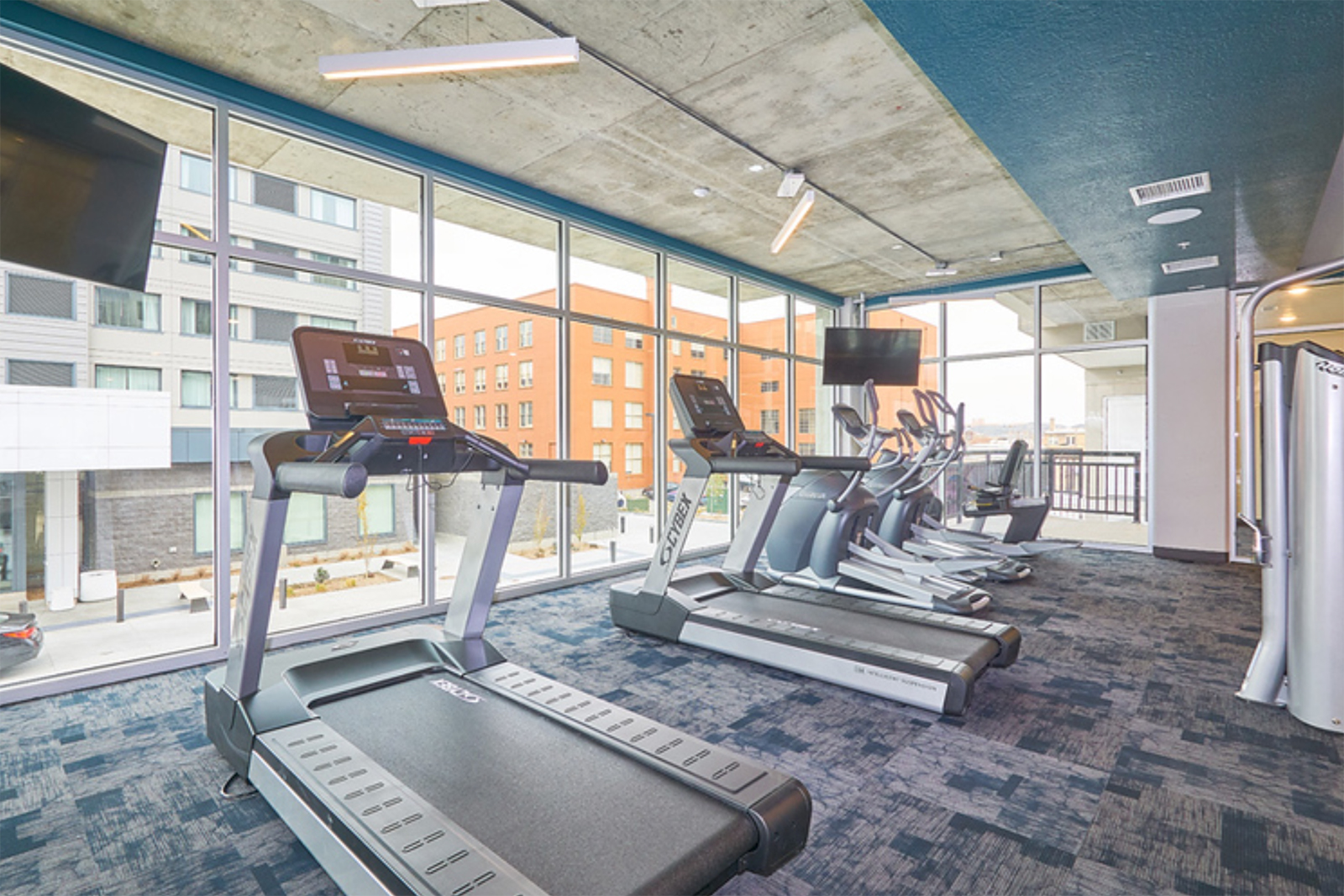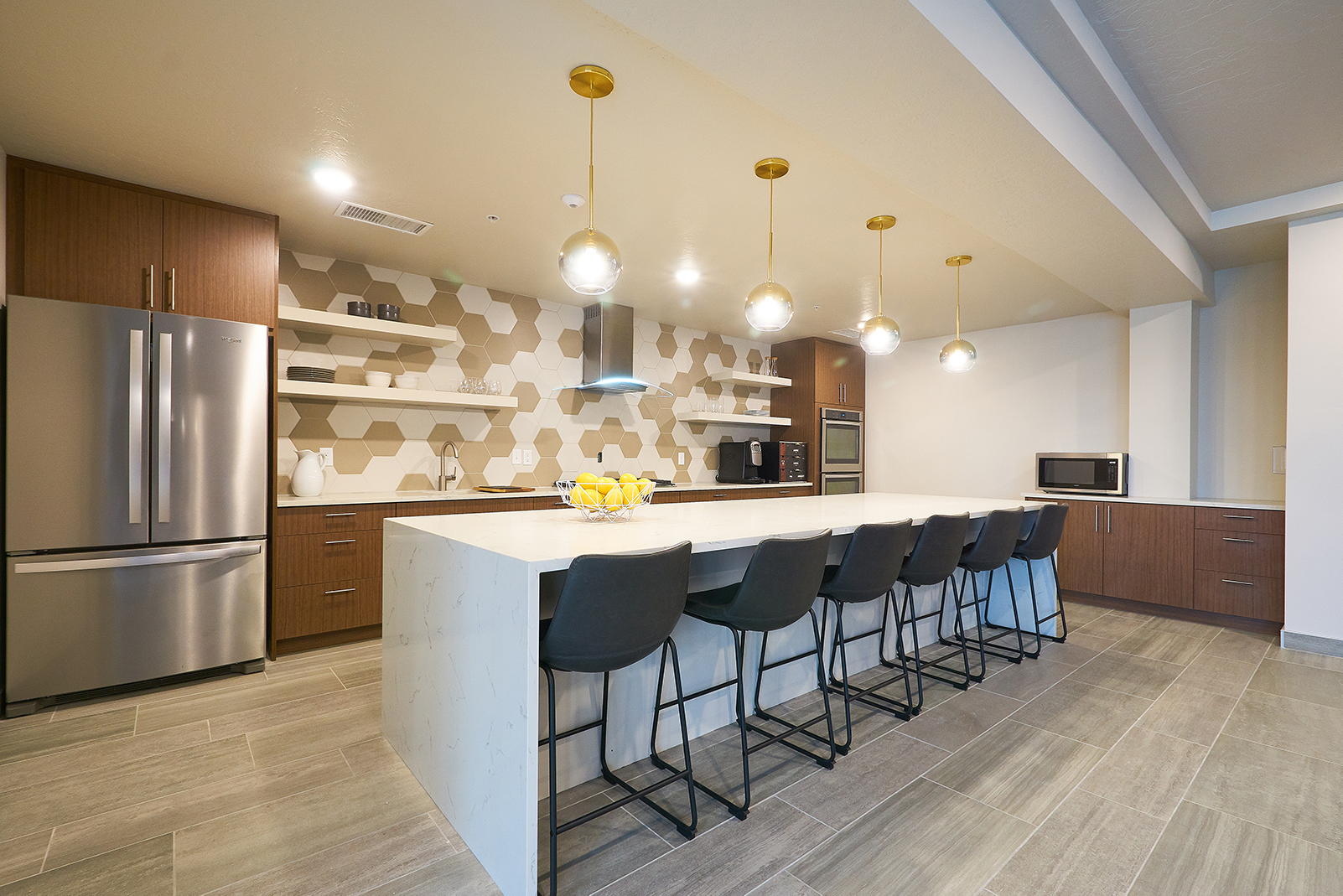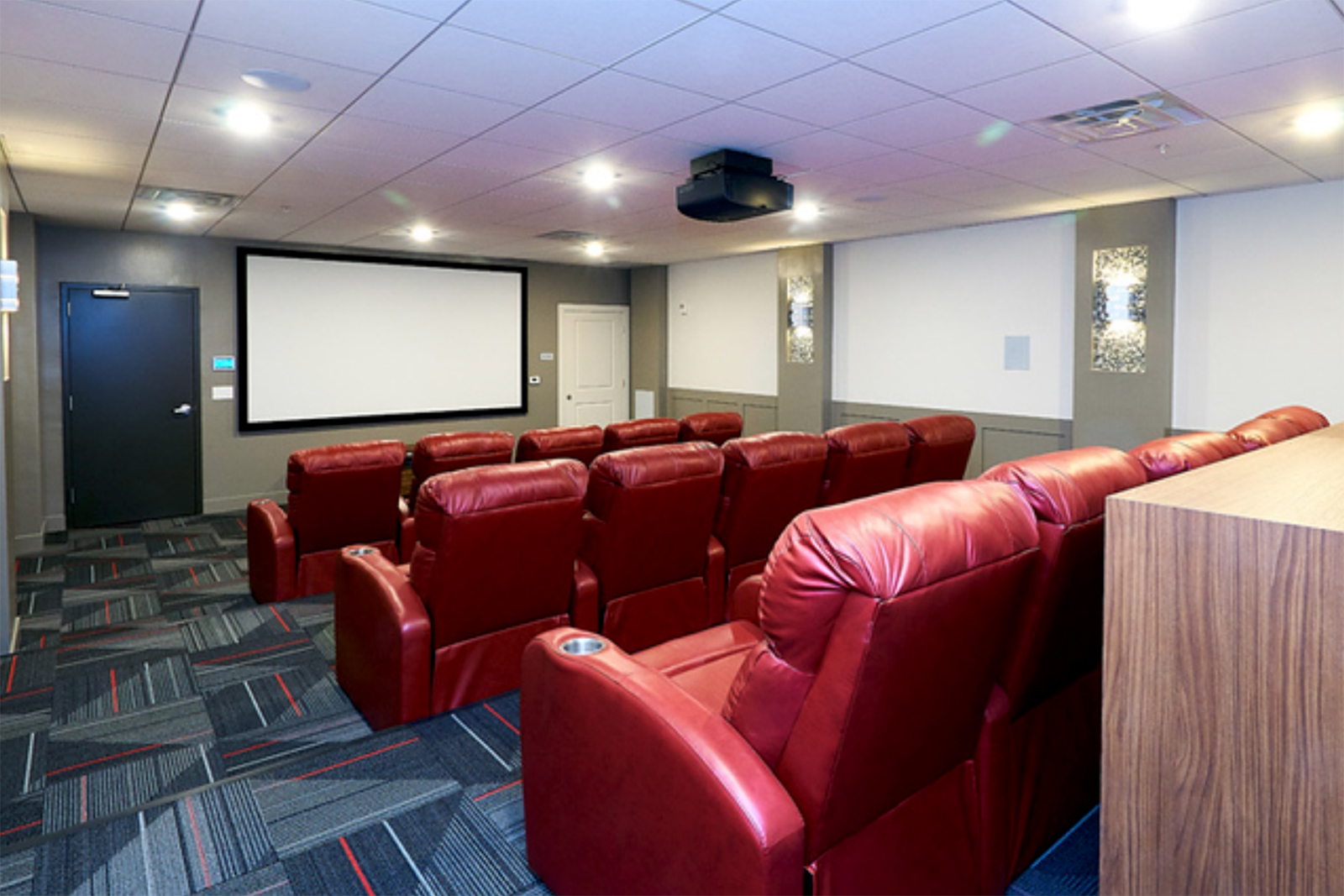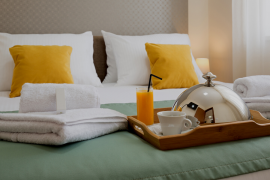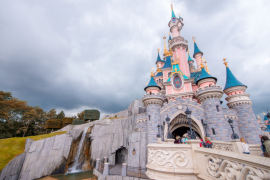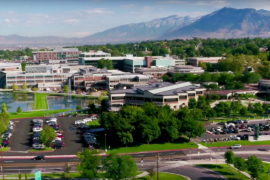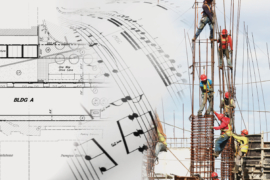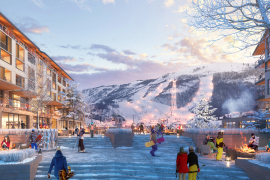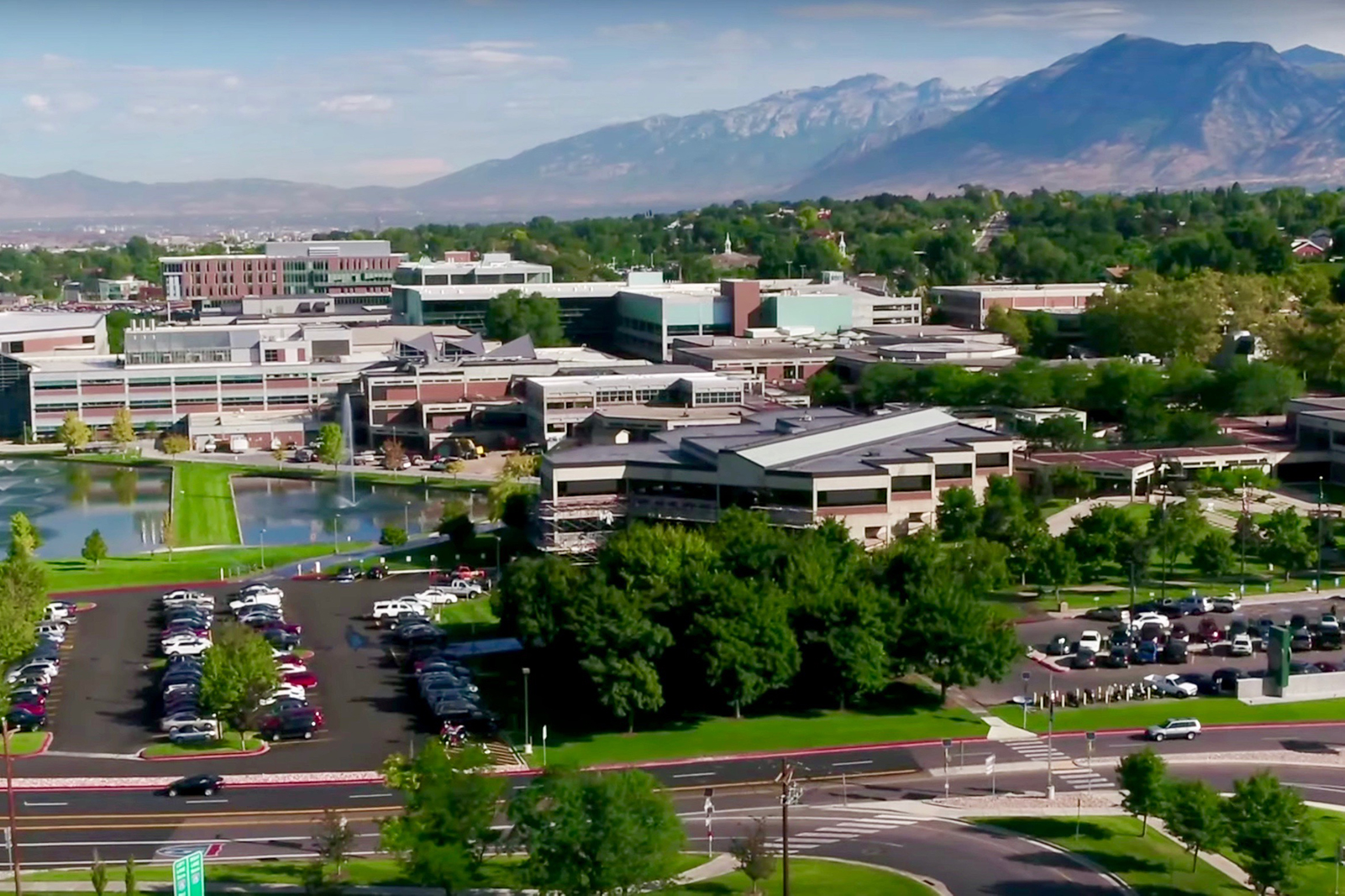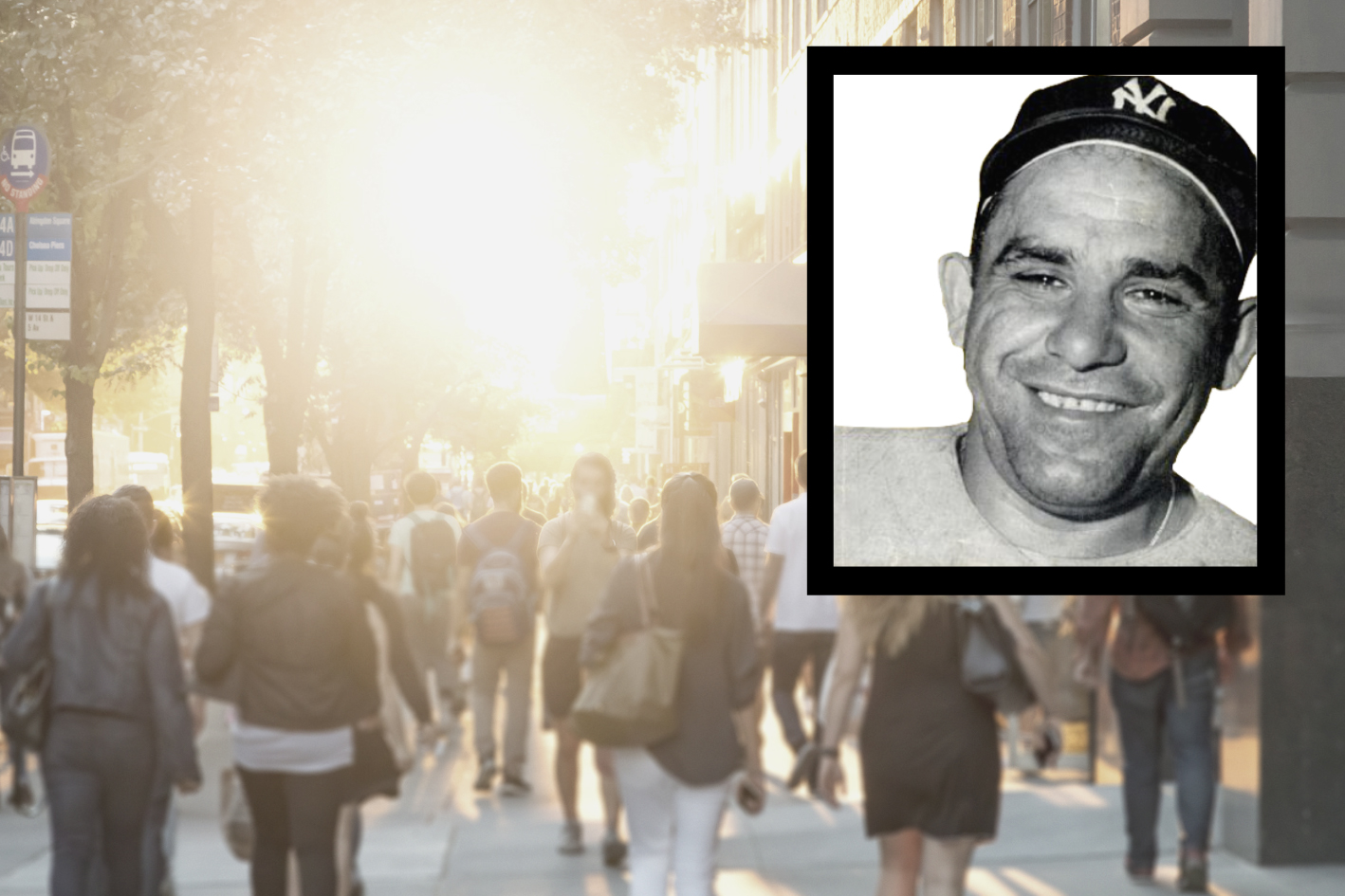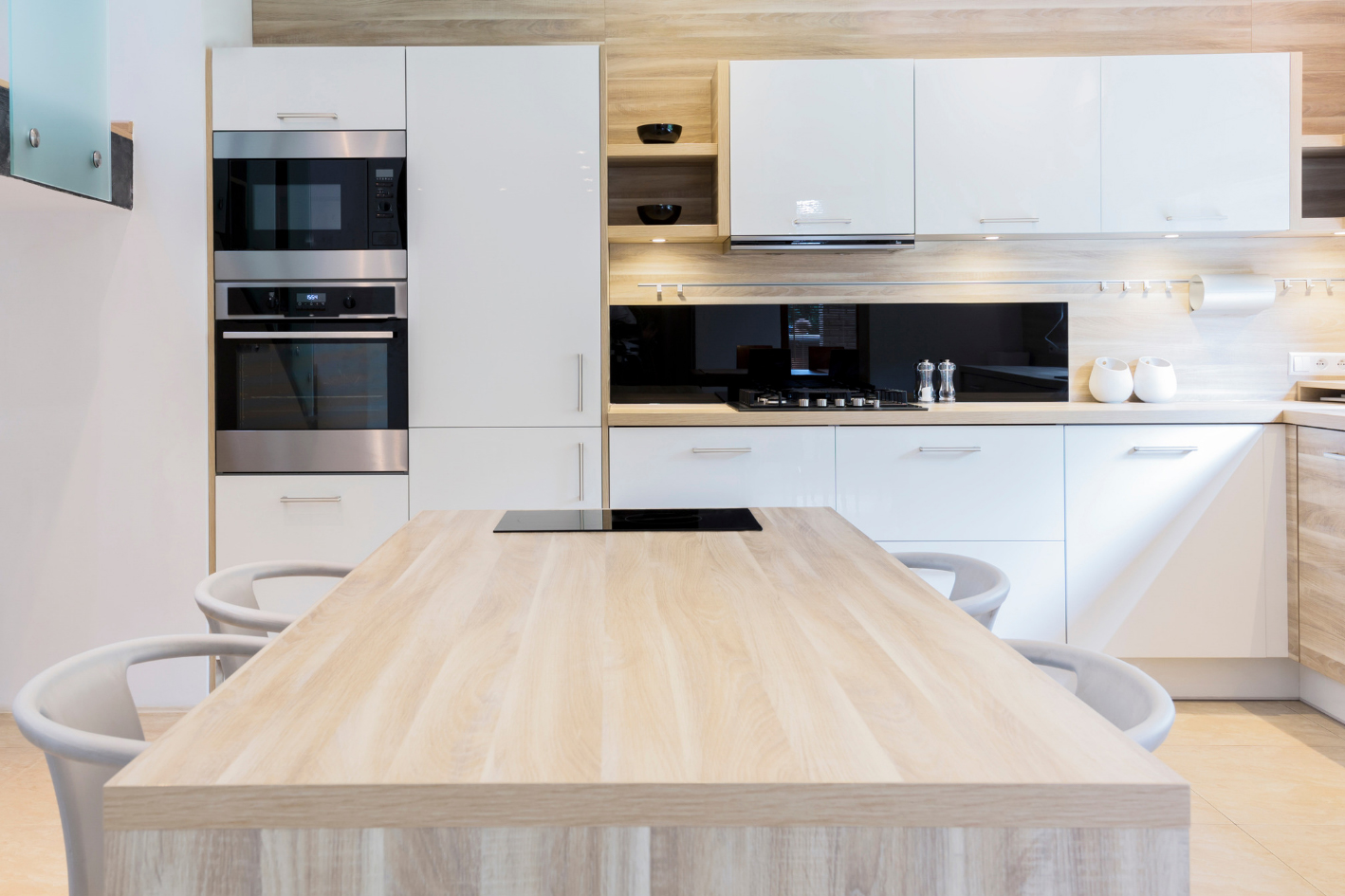The current market cycle for multifamily properties here in the Intermountain West continues to encourage new construction and value-add repositioning. Even in the rising construction cost environment and a perceived late market cycle, there seems to be no end to the pipeline of new class A apartment projects in most major and secondary markets.
As costs continue to rise, developers and operators look to position their assets above the rest of the class through ever-increasing amenity programs meant to attract and retain tenants. Although traditional amenities will always play a role in a tenant decision to rent in one property versus another, there are some intangible amenities that are emerging as the go-to for residents across the income and generational spectrum.
First, the living experience. With the rising rent environment, tenants are looking for the value they are receiving in exchange for their rent. Developers and property management companies continue to create and maintain physical spaces that capture that value proposition (unique unit layouts, physical amenities, or service perks); however, the real amenity shift is an added focus on the importance of creating and maintaining a unique tenant experience. In terms of amenities, trends have shifted from a fitness center, club room, and pool as the standard fare to a greater focus on the resident experience. It isn’t just a fitness center; it is a gathering place with great equipment and programming to provide an experience. It isn’t just a dog wash; it’s a luxury pet spa equipped with a variety of high-end products perfect for your four-legged family member. It isn’t just a private parking stall; it’s an automated car lift system that retrieves your vehicle for you with the scan of a key fob to maximize convenience and security. It isn’t just a pool, a clubroom, a bike station, a wine cellar, a gaming room, a private locker area, or secured bike storage (see where we’re going here?). The most sought-after amenity is the resident living experience; a wholistic view that this is home AND they want to enjoy every aspect of that home in exchange for the rent.
Second, the social experience. Residents are looking for opportunities through spaces and programming to connect with other residents. People want to know, “How can I meet my neighbors?” They want to be able to socialize in and outside their home. Clubrooms, lobby areas, fitness centers, and even the dog park can be opportunities to create spaces that provide a hospitality-like experience. Buildings are more than just the community spaces that can and should be a part of the design: they are opportunities for resident experiences which are the best amenity of all.
Cultivating strong resident experience opportunities begins with the experience created in the lobby and entrances of the property and flows through every part of the building. There is a growing blend between what has historically been a hospitality-owned design in lobby areas as gathering spaces in multifamily properties. Residents gather in the entry areas, which can be programmatically designed to accommodate connectivity and socialization. As trends shift, the tenant experience, in terms of feeling that welcoming hotel-like experience, is becoming more important in tenant acquisition and retention. With rising construction costs and an increasing trend of physical amenities of properties, the best amenities are found in the living and social experiences created through the design of physical spaces and management’s ability to craft the hospitality environment in each community.

